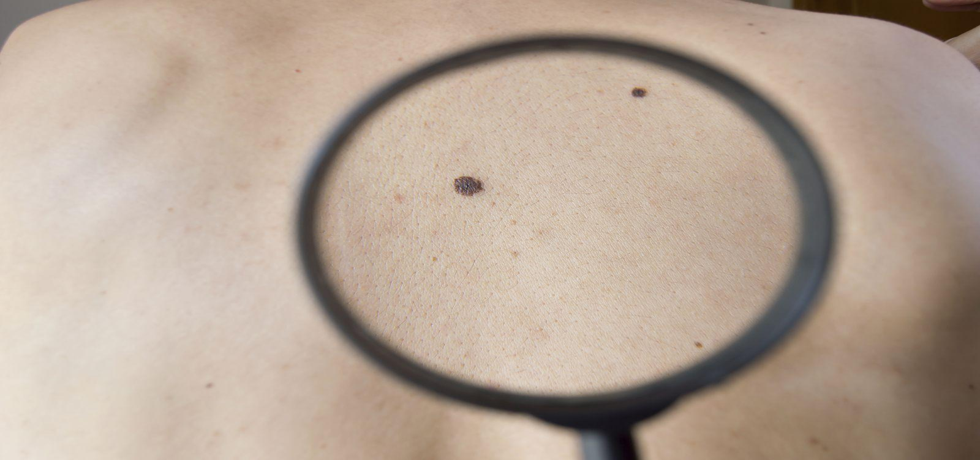
Understanding and Managing Melanoma: A Comprehensive Guide
Your Essential Resource for Melanoma Care
Recognizing Melanoma: Signs and Symptoms
Identifying melanoma begins with monitoring changes in your skin, particularly unusual moles or growths. The ABCDE rule serves as a useful guide:
– **A**symmetry : One half of the mole does not match the other.
– **B**order : Edges are irregular or scalloped.
– **C**olor : Varying shades of brown, black, or even pink within the mole.
– **D**iameter : Melanomas are usually larger than 6mm in diameter.
– **E**volving : Any changes in size, shape, or color over time.
If you suspect a growth may be melanoma, it’s important to consult with a dermatologist from The Skin Artistry for a thorough evaluation and possible biopsy.
Diagnosis: The Role of Biopsy
Upon identifying a suspicious mole, the next step typically involves a biopsy. This procedure involves removing a sample of tissue or the entire growth to then be examined under a microscope. The diagnosis will determine the stage of melanoma and guide the next steps in treatment. Even if the melanoma is diagnosed at an early stage, a precise management strategy is vital to ensure better outcomes.
Treatment Options Available
There are multiple avenues to combat melanoma. Surgical removal is the most common and effective primary treatment for localized melanoma. Depending on how deep the tumor penetrates the skin, further procedures may be needed, such as the removal of additional tissue or lymph nodes to ascertain whether cancer has spread.
Beyond surgery, advanced treatment modalities exist, including immunotherapy. This innovative approach enhances the body’s immune response against cancer cells. Chemotherapy and radiation therapy are also important tools in managing more advanced melanoma cases. Furthermore, targeted therapies have emerged, designed to attack specific genetic mutations within melanoma cells.
Understanding Survival Rates
Early detection is key in prognosis: approximately 84% of those diagnosed with localized melanoma have a five-year survival rate exceeding 98%. However, the survival rates diminish sharply if the melanoma spreads beyond its initial site. Therefore, regular skin checks with a dermatologist from The Skin Artistry are essential to catch any changes at the earliest possible stage.
Taking Action: Prevention and Regular Care
Not all skin cancers are preventable, but protecting your skin can significantly reduce the risk of developing melanoma. Use sunscreen with a high SPF, wear protective clothing, and avoid prolonged sun exposure. Conduct regular skin self-examinations and schedule routine visits with a dermatologist for professional skin evaluations.
Being informed and proactive not only enhances personal well-being but can also be a crucial factor in catching and managing melanoma effectively.
Frequently Asked Questions
How often should I get screened for melanoma?
Regular skin exams should be conducted every year. However, those with a personal or family history of skin cancer may need to be screened more frequently.
What should I do if I notice changes in my skin?
It is important to consult with a dermatologist as soon as possible. Early detection is crucial for successful treatment.
For professional assistance and expert advice from leading dermatologists like Dr. Hital Patel, experience the benefits of understanding and managing melanoma with Hair & Skin Specialist Dr. Hital Patel at The Skin Artistry. Our clinics in PDPU Gandhinagar, Vastrapur Ahmedabad, and Hyderabad (Visiting Consultant) offer top-quality care and personalized treatments. Visit us today to learn more about our services and take advantage of our special offers! For more insights, updates, or to collaborate, stay connected with The Skin Artistry.

